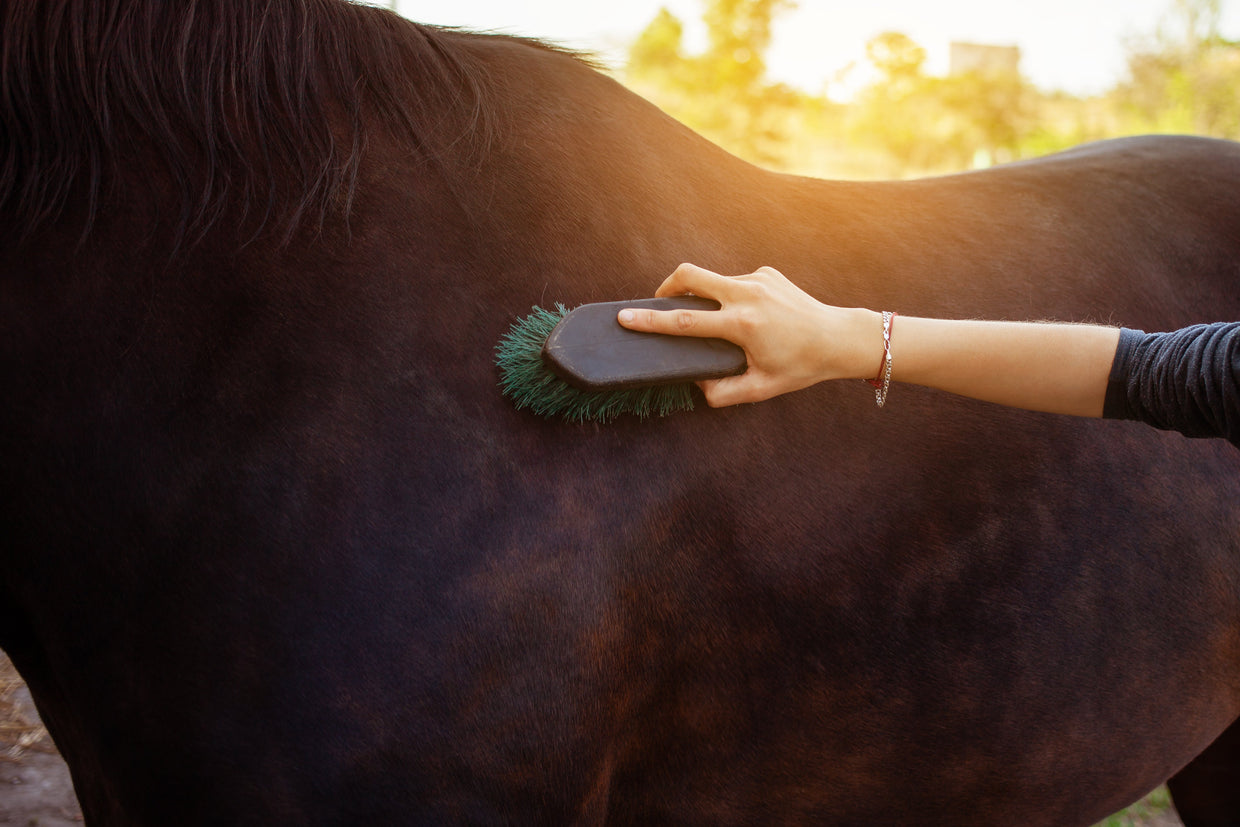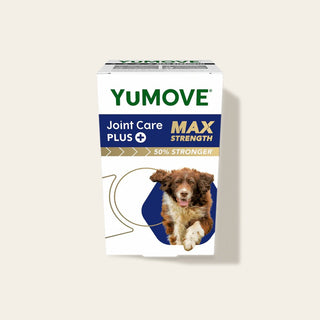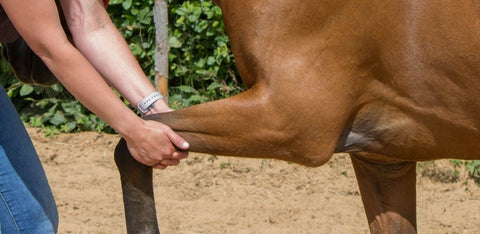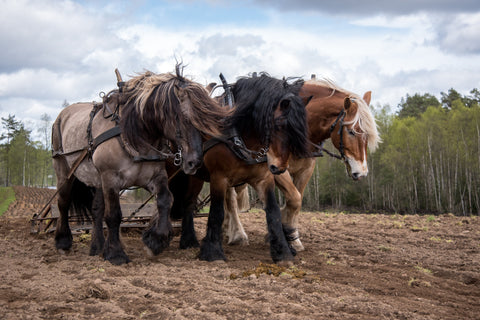

Understanding your horse’s skin and coat
The condition of your horse’s skin and coat is vital to their overall health, and often a useful indicator of what’s going on under the surface. The skin is, after all, the body’s biggest organ. For that reason, caring for it goes far beyond simple grooming techniques to ensure a shiny coat.
In fact, your horse’s coat will change throughout the seasons, losing some of its shine and becoming fluffier in winter, for example. Let’s take a closer look at the key functions this vital organ plays, as well as some of the ways we can take care of it at different stages of the year.
The key functions of your horse’s skin
Much like our skin is made up of several layers, a horse’s skin is a combination of the epidermis on top, the collagen-rich dermis in the middle, and a lower subcutaneous layer. Combined, these layers essentially act as a barrier to protect your horse’s internal organs from the outside world. But the skin also helps to regulate body temperature, and to prevent your horse from dehydrating.
The dermis is where the hair follicles begin, and where the nerve endings are found. They’re super sensitive and send messages straight to the horse’s brain – for example to prompt the sweat glands to spring into action if the outside temperature has increased and your horse needs to cool down.

The key functions of your horse’s coat
A horse’s coat protects the skin beneath, which is why it’s important to take good care of it. The hair on their coat shields the skin from UV light from the sun, protects against wind and cold, and traps air to provide an extra layer of warmth. It also helps to keep flies and insects at bay.
Like the skin, each hair has three layers – the medulla in the middle, the cortex around that, and the cuticle on the outside. The level of shine on your horse’s coat is determined by the health of the cuticle. Coat colour, meanwhile, comes down to the melanin in the cortex and is determined by genetics.
How does a horse’s coat change through the year?
Horses have three coats that change with the seasons – that’s a light summer coat, a short winter coat, and a long winter coat. Did you know, it’s not actually the temperature that triggers your horse to shed their coat, but a clever physiological process linked to photoperiods? Put simply, an increase in daylight hours triggers your horse’s brain to begin shedding. On the flip side, a reduction in daylight hours tells your horse’s brain it’s time to grow grow grow!
How can I tell if there’s a problem with my horse’s coat?
You might notice a problem with shedding, for example your horse shedding much later in the year than they usually do. Pay close attention to their normal pattern, because delayed shedding could be a sign of Cushing’s Disease. This hormonal disorder is more common in older horses and needs to be properly diagnosed by an equine vet as it can lead to laminitis – an inflammatory condition inside the hoof – if it’s left untreated.
If your horse’s hair is shedding differently to normal or the skin beneath looks sore or patchy, it could also indicate a possible fungal infection. Always get any concerns checked by an expert, who can advise on the best treatment.

Should I worry about a dull coat?
If you’ve noticed your horse’s coat has lost its shine, there are various causes to consider. One could simply be the time of year – a horse’s coat will naturally appear duller in winter, and this isn’t usually cause for concern.
A more concerning cause could be inadequate nutrition, which can lead to a dull coat. Take a closer look at your horse’s diet to ensure they’re getting a good mix of nutrients, particularly when it comes to Omega-3 fatty acids. Adding a supplement like YuMOVE Horse can help, as well as supporting your horse’s joints.
How can I protect my horse from parasites?
Your horse’s coat provides an excellent layer of protection against parasites, but it can also do a good job of hiding them. Ticks, for example, are a particular problem for horses in the summer months and can transfer diseases like Lyme Disease and Tickborne Fever, so it’s important to keep an eye out for them.
There are lots of ways to protect your horse from ticks in summer, but the key here is regular grooming. Daily grooming gives you a chance to inspect your horse’s skin and coat for parasites, as well as to check overall health, so you can nip any problems in the bud straight away.
Want to know how to keep your horse’s coat in tip-top condition? Read our guide to horse grooming.




